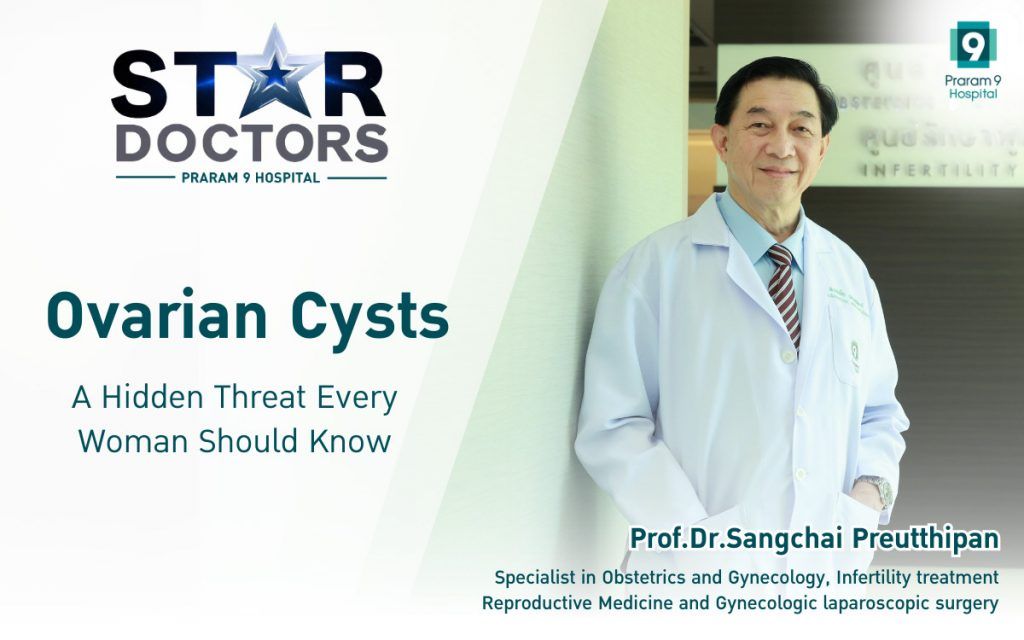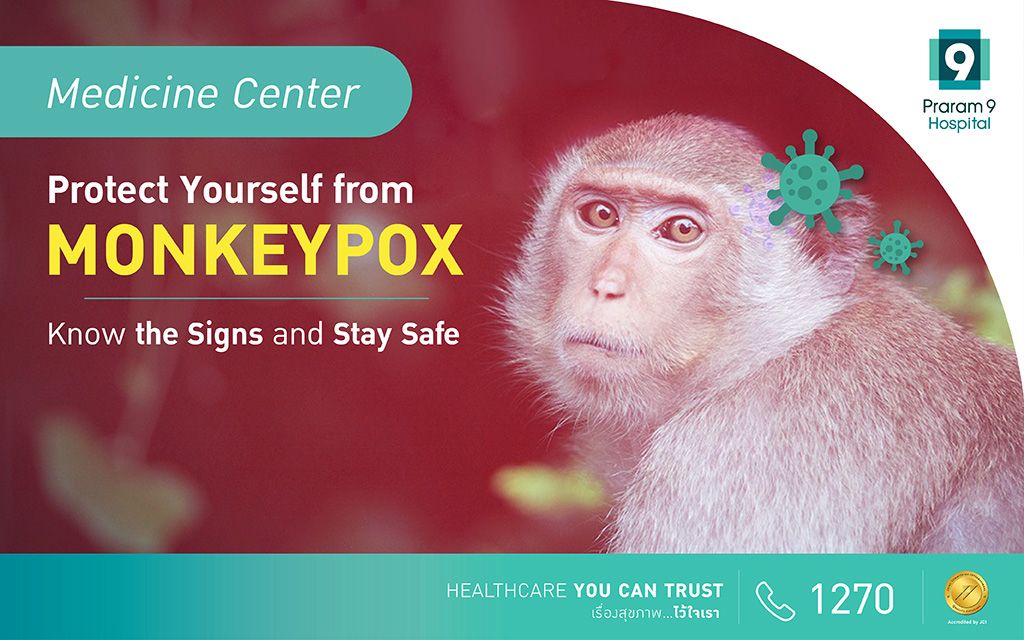Health Articles
Knowledge
Bile Duct Cancer

Bile duct cancer comes from the mucosa cell of the bile duct, which includes the bile duct inside the liver and the bile duct outside the liver. It is found in males more than females. Most patients are 40 years old and above. In Thailand, this disease is a key public health problem in Southeast Asia. It is believed that the disease comes from the embryo of the liver fluke from eating raw freshwater fish.
In Thailand, the important risk factor of the cause of bile duct cancer, especially in Southeast Asia, is eating raw freshwater fish and receiving the embryos of the liver fluke that grows in the bile duct.
Other risk factors that might cause bile duct cancer are as follows:
- Chronic inflammation of bile duct
- Diseases from the biliary tract system
- Have gallstones in the liver
- Genetic disorders, such as abnormal cyst in the biliary tract system
Symptoms of bile duct cancer
Mostly, there will be no symptoms in the initial stage. However, when the disease spreads, the symptoms might show. For example:
- Jaundice, which comes from the biliary obstruction
- Abdominal discomfort and fullness
- Pain in upper stomachache around right ribcage, which might include the pain in the back and the shoulder.
- Have fever with unknown cause
- Itchy on skin all over the body
- Pale feces and dark urine
- Fatigue
- Loss of appetite and lose weight
- Nausea and vomiting
- Enlarged liver in the abdomen
More Information: Cancer Center














